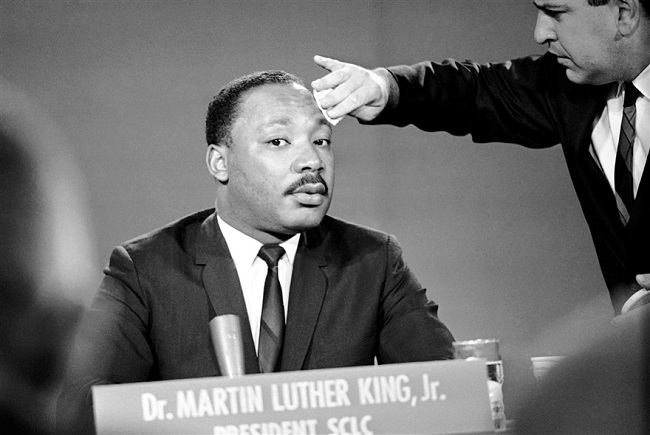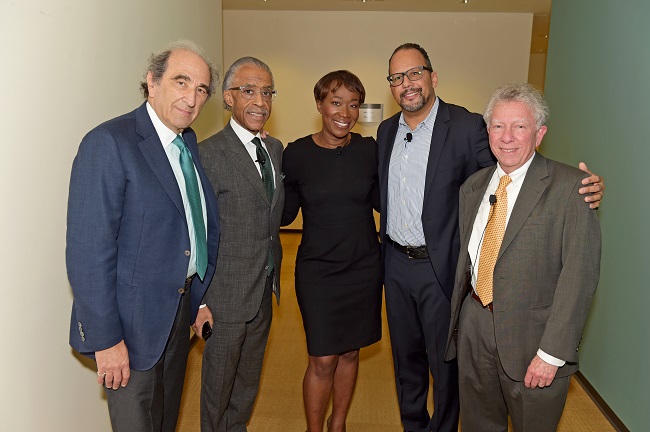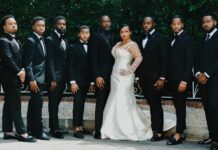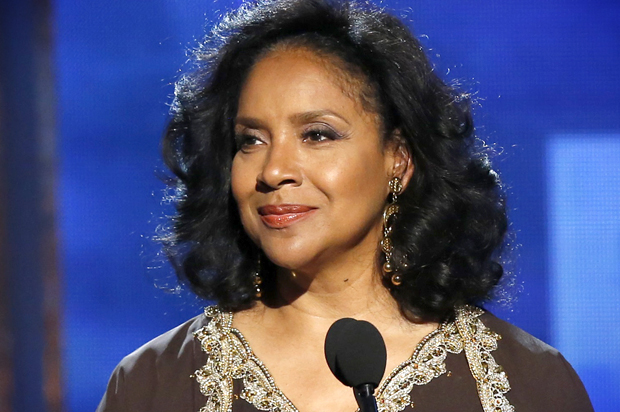
Six decades before social media and viral videos projected the unjust killings of African-Americans often by brutal police force, Dr. Martin Luther King, Jr. understood media, especially broadcast television, could raise public consciousness about racism and spark social change.
The NBC News/MSNBC documentary Hope & Fury: MLK, The Movement and The Media chronicles in stock photos, tear sheets and archived footage how Dr. King made both print and visual media a part of his plan to make society confront the horrors of racial bias and inequality.
The two-hour film revisits historic moments like the murder of Emmett Till, the Montgomery Bus Boycott, the Little Rock Nine integrating Central High School, lunch counter sit-ins, James Meredith integrating Ole Miss, the Freedom Riders and the Bloody Sunday march in Selma, Alabama. The timely documentary ties those movements into #BlackLivesMatter, the elections of former President Obama, a Facebook Live video capturing the murder of Philando Castille in real time and protests in Ferguson, Mo. and Charlottesville, Va., demonstrating the continuity of those landmark moments.
“Civil rights protests have entered the 21st Century,” says Hope & Fury co-producer and co-director Phil Bertlesen. “Dr. King’s strategies have inspired a new generation who fully understand that the struggle continues and are taking every advantage of technological advancement and human access to tell their own stories.”
Veteran journalist and Pulitzer Prize-winning author Hank Klibanoff concurs. “As this continues to go on, what we don’t know is what young people are going to be further motivated to go into journalism and tell these stories the same way that Moses Newson and L. Alex Wilson did,” says the Emory University professor of practice and consultant on Hope & Fury. “There’s a story to tell.”
Hope & Fury features insights and commentaries from journalists (Joy-Ann Reid, Gay Talese, Taylor Branch, Lester Holt, Klibanoff, Bryant Gumbel, Richard Valeriani, Chris Hayes and Tom Brokaw) and activists (Rev. Al Sharpton, Rev. Jesse Jackson, Ambassador Andrew Young, Rep. John Lewis and Rev. Dr. C.T. Vivian) who either worked alongside Dr. King or were directly inspired by his methodology.
“It was fully apparent that the story was continuing and the importance of good journalism was as vital as ever,” says Bertlesen. “The opportunity to show what social media has done, whether the use of personal cell phones and video, has done to fight injustice was very analogous with what Mamie Till did 50-plus years ago.”

Taking a year to produce, Hope & Fury also highlights how important black media outlets like Jet, Ebony, The Baltimore Afro-American and The Pittsburgh Courier were in documenting and disseminating coverage on the devastating experiences African-Americans faced during Jim Crow. Rev. Sharpton believes both black press and network television encouraged audiences to have empathy for people of color.
“They had the audience; they would market and distribute to us,” says Rev. Sharpton. “They had the trust; they would tell the story because they knew the story: a story a lot of other Americans just didn’t know. What black media did was address it so everybody could see what we had to live everyday.”
Rev. Sharpton, the current host of MSNBC’s PoliticsNation and founder and current president of the National Action Network (NAN), continues: “We were trained if you can’t put it out there and make it a public issue, it will never turn into public law and policy. We would read Jet; we would read Ebony. They didn’t sell the New York Times in Brownsville, Bed-Stuy and Harlem where I grew up. They didn’t even distribute in our community. We’ve always had our own media; TV made it one channel.”
Hope & Fury is one of the special televised events that precedes and commemorates the 50th anniversary of Dr. King’s assassination on Apr. 4. Leaving a legacy synonymous with prophetic words and an optimistic vision for a more equal, inclusive America, the orator and strategist forced various communities to deal with graphic images of social dysfunction whether or not they wanted..
“For some people, it’s a story,” says Rev. Shapton. “For us, it’s a cause and a way of life. These are not families that, like me, chose to be activists. One day, something happened, and they’re suddenly in the middle of a tragic experience that a lot of us don’t understand. The genius of Martin Luther King, Jr. was he brought the human pain and put it in everybody’s living room.”
Hope & Fury: MLK, The Movement and The Media reairs Sunday, Apr. 1 at 10 p.m. EST on MSNBC.
This post was written by Christopher A. Daniel, pop cultural critic and music editor for The Burton Wire. He is also adjunct faculty in the Department of Mass Media Arts at Clark Atlanta University. Follow Christopher @Journalistorian on Twitter.
Follow The Burton Wire on Twitter or Instagram @TheBurtonWire.








